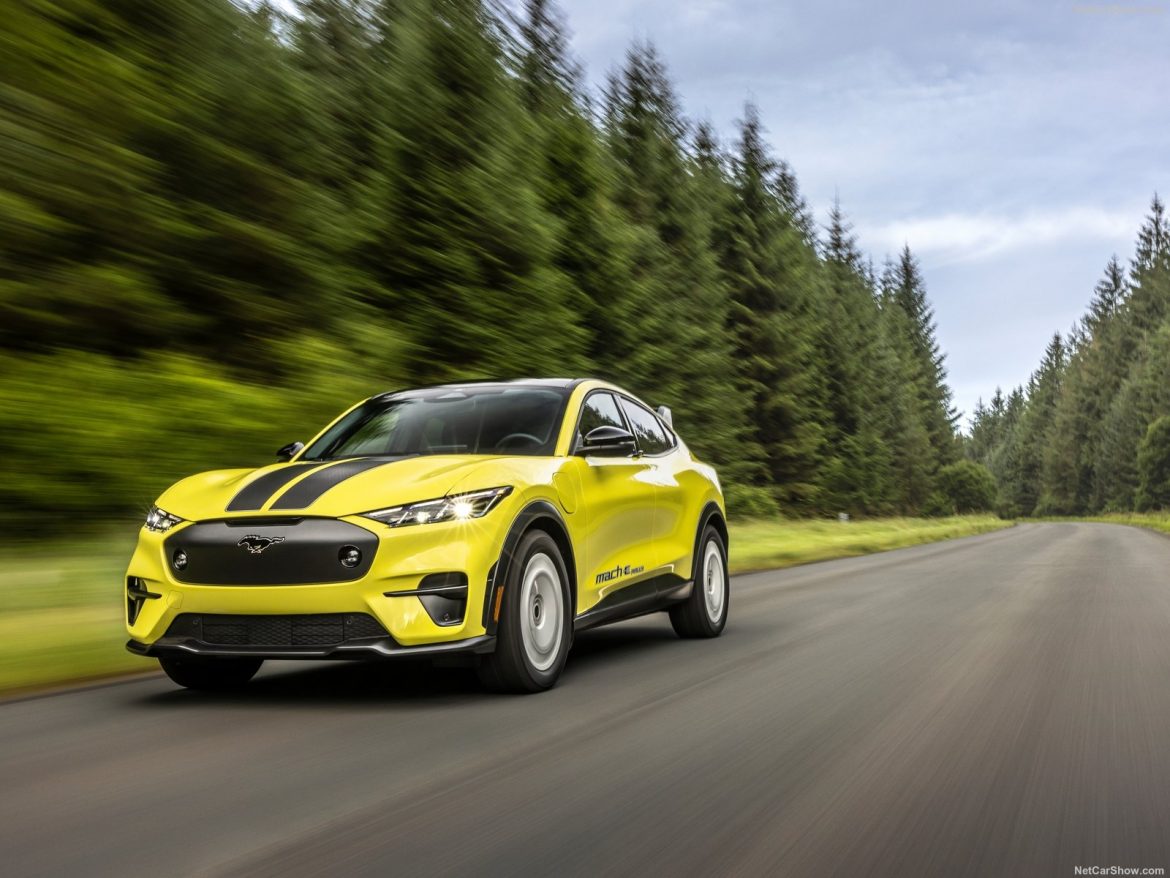The US Department of Energy (DOE) is due to unveil a new set of regulations on Tuesday tailoring their original proposal, that would decrease the electric vehicles’ mileage ratings aligning with the government fuel economy standards in 2027.
Industry concerns addressed
This call, based on the media reports, is indeed good news for Detroit three automakers and the UAW. They argued that the first version of the proposal would have imposed billions of financial penalties on US automakers, totalling to USD 10.5 billion until 2032, for not having met fuel economy standards.
Revised proposal details
The US Dept of Energy (DOE) proposed changes to their, “Petroleum-Equivalent Fuel Economy” ratings, calculating a 72% decrease in electric vehicles’ compliance value in 2027. Despite that, numerous sources indicate that the adopted ruling thereafter will now moderate a 65% decrease in the petroleum equivalent EV fuel economy rating yearly until the year 2030.
Impact on automakers
Automakers, among General Motors, Stellantis and Ford, were relieved with the more relaxed regulations which will allow them time needed for adapting. The initial draft version of these rules could have ended up being punitory and with significant financial penalties, forcing the industry to react and propose amendments.
Environmental considerations
Initially, environmental groups were advocating for changes to the EV mileage ratings, stating that the existing ratings were too high. However, the final rule is expected to take care of some of the issues explained above. There will be MPG equivalent (MPGe) ratings, which haven’t been amended since the inception of the formula, adjusted group with changes in US national electricity, petroleum generation, distribution, and driving patterns.
EPA’s revised emissions requirements
The Environmental Protection Agency( EPA) will also present the DOE’s plans on greenhouse gas emissions regulations on Wednesday. They are meant for toning down the current annual requirement as well as the targets set to 2030, and that targets to reduce emissions and boost electric vehicles sale is in line with Government’s goal.
The very first EPA’s proposal started with elaborate EV production goals, targeting new vehicle constructions to have a noteworthy percentage of EVs by 2030 and 2032. However, the foreseen final rules will be more relaxed for car makers, and likely scaled back the required EV production figures.
Boost for plug-in hybrid vehicles
Hybrid vehicles are expected to get the most support from the regulations with the manufacturers having more options in their production concepts. Plug-in hybrids, in addition to electric cars, could make a significant part of new car models with a greater chance of meeting the requirements of the carbon emissions regulations.
Addressing industry concerns
The EPA is also expected to bring on the board the industry concerns regarding the particulate matter reduction and engine performance. Efforts to curb licensing regimes that restrict the use “of a enrichment” which may be modified or completely eliminated to cater to automakers.
The conditions presented in the new rules can be regarded as an attempt to walk along a narrow line between the environmental targets and the industry’s reality, with the strictness that covers the future issues such as cleaner transport restored.



